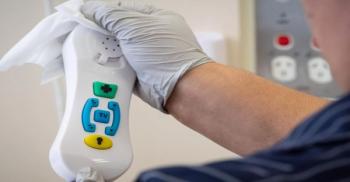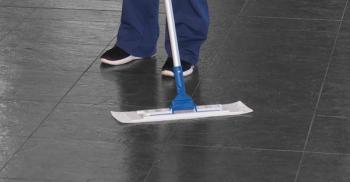
Environmental Services
Latest News
Advertisement
CME Content
Advertisement










Can the type of microfiber product (disposable vs. re-laundered) make a difference?















Advertisement
Advertisement
Trending on Infection Control Today
1
It Starts With Clean: The Foundation of High-Level Disinfection
2
Why Evidence-Based PPE Practices Matter for High-Consequence Pathogen Care
3
Chronic Respiratory Diseases Affect Nearly 570 Million People Worldwide, Study Finds
4
Mpox Immunity May Wane Over Time, Raising Questions for Long-Term Infection Prevention Planning
5




